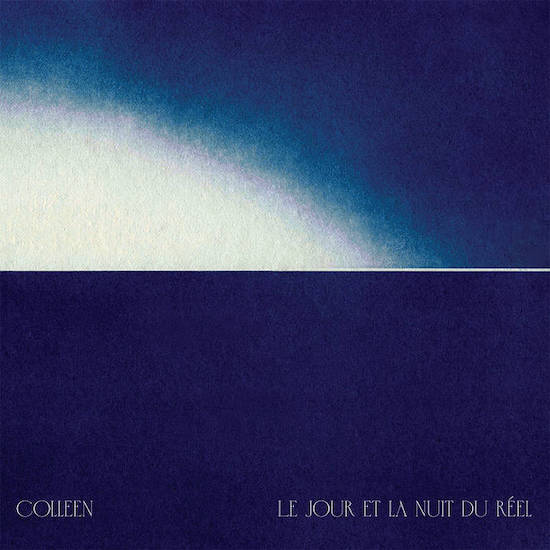First, that most peculiar pseudo-genre known as Moog music. That is, recordings dominated by their Mooginess or exclusively played on Moog synths. I could, of course, get into the weeds here, dig deep into aesthetics and whatnot, or I could simply type ‘Pop Corn’, Plantasia, and Switched-On Bach and figure that gets my point across. If not, there’s always Google. Still, it might be worth revisiting some Moogly saints for a bit of context.
Mort Garson was the first to enter the Moog music canon with his one-off Zodiac record in 1967, though he himself didn’t play any Moog on it. He tapped Paul Beaver, who was the go-to guy for psychedelic modulations in LA at the time. In any case, that’s Beaver pushing everyone’s favourite sci-fi synth forward on The Zodiac’s Cosmic Sounds.
Beaver played a role in the creation of nearly every early, major Moog-related recording released in ‘67. That same year, the Ondioline and Moog duo of Jean-Jacques Perrey and Gershon Kingsley released Kaleidoscopic Vibrations: Electronic Pop Music From Way Out as Perrey And Kingsley. Kingsley was the Moog guy. Post Perrey And Kingsley, he’d go on to have a prolific career, though it’d be overshadowed by his ubiquitous 1969 tune ‘Pop Corn’, which would be covered endlessly throughout his life – even by Aphex Twin.
Kingsley wasn’t the Moog sensation of the day, though. That honour went to Wendy Carlos, whose 1968 album of Moogified Bach compositions was both a smash hit and a bona fide pop cultural moment. Carlos would go on to score Kubrick, while Garson, for his part, would release an album for plants distributed as a freebie with the purchase of household greenery from an LA shop called Mother Earth. Even so, 1976’s Mother Earth’s Plantasia: Warm Earth Music For Plants And The People Who Love Them is likely his most enduring work. Discerning mattress buyers could also cop it at a specific Sears location as a toss-in when they ponied up for their new pillow top.
I bring all this up because with her ninth (or tenth, depending on how you count) Colleen LP, Le jour et la nuit du réel, Cécile Schott seems an easy shoo-in for Moog music canonisation. Schott’s probably best known for her work with the baroque viola da gamba, but to me, that’s a shame. It’s been eight years since said viola has been committed to wax, and the trio of records Schott’s made in the interim – A flame my love, a frequency, The Tunnel And The Clearing, and her latest – are deep, dub-influenced explorations of synthesis. And to be blunt, career defining. Le jour et la nuit du réel presents Schott’s explorations at their most stripped back and elemental: a Moog Grandmother, a Moogerfooger Analog Delay, and a Roland Space Echo; no additional digital production, no vox. If we can forgive the Space Echo (and we can), this is a capital M, capital R, Moog Record.
It also presents Schott’s Colleen project at its most experimental, which is to say, this is the first Colleen LP that sounds like Schott experimenting, pushing her limited setup to the very edge of those limitations and staying there. That it’s comprised of seven compositions split into movements is a bit of a fake out. Le jour et la nuit du réel plays less like contemporary classical music and more like Schott versioning herself.
Typically, the first movement of each composition establishes something like an overarching theme, while the remaining movements concern themselves with weirding that theme through Schott’s judicious and masterful use of delay. Schott introduced her own light-as-air dialect of dub with Captain Of None in 2015; in 2023, it’s a language she speaks with easy fluency, through which she can convey a surprising array of weighty and complex ideas and emotions. The third movement of ‘Les parenthèses enchantées’, for instance, is all at once childlike and playful and mysterious and devastating, like losing something you never knew you had but nevertheless couldn’t bear to lose.
Without taking anything away from its early practitioners, the thing about Moog music is that it’s often hard to take seriously. It can be corny or too try-hard. Scan as a reliquary of hippy-dippy nonsense. Reek of novelty and kitsch. Schott’s latest, though it exists comfortably within the lineage established by its forebears, avoids those pitfalls. It moves elegantly and fluidly, at ease, with nothing to prove, as if it knows its worth will be self-evident. Which, let’s be honest, is something those first maestros struggled with.
Bob Moog infamously expressed doubt that his synths could exist as standalone instruments. Though he was proven wrong long ago, Le jour et la nuit du réel proves something else entirely: that these hunks of wood and wire and circuitry still have the potential to surprise. And to delight us with those surprises.


